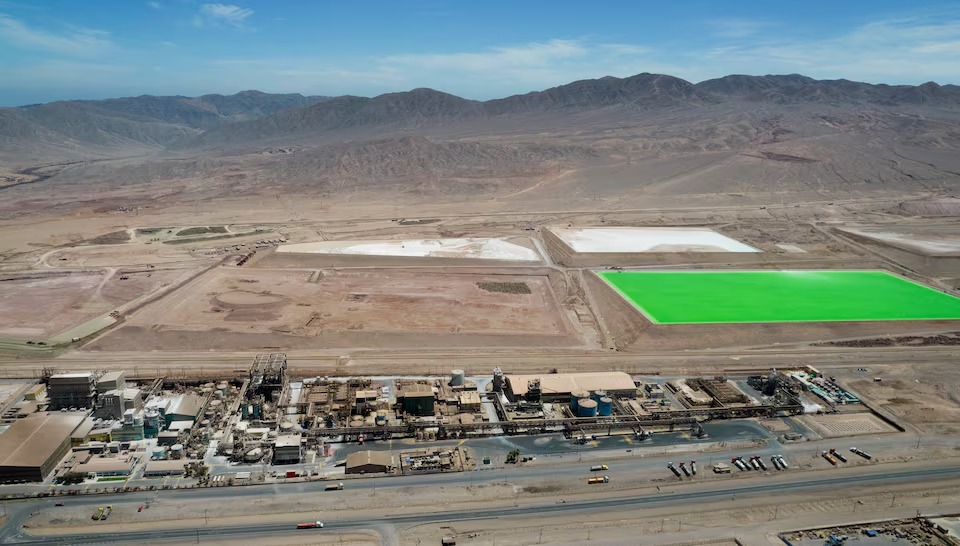
In the pursuit of bolstering its lithium production capacity, the United States faces a labyrinth of state regulations that hinder progress and pose challenges to breaking China’s dominance in the critical minerals sector. Despite ambitious electrification goals, a patchwork of unclear ownership rights, valuation methods, and regulatory frameworks impedes the country’s ability to harness its lithium resources effectively.
Legal Ambiguities and Regulatory Challenges:
In mineral-rich states like Texas, Louisiana, and beyond, uncertainties persist regarding the ownership and valuation of vast lithium reserves ensconced within saline brines. The absence of clear guidelines deters developers and complicates efforts to exploit this valuable resource for domestic consumption.
Federal Limitations and Local Autonomy:
While federal agencies wield regulatory authority over certain aspects of resource extraction, states retain autonomy over much of the process, leaving the Biden administration reliant on the pace at which local statutes are updated to align with national objectives.
Global Implications and Economic Imperatives:
As global lithium demand outstrips supply projections, America’s failure to ramp up domestic production jeopardizes its economic and strategic interests, rendering the nation dependent on foreign sources. The urgency to bolster lithium production is underscored by the impending shortfall and the looming specter of reliance on geopolitical rivals for a critical resource.
State-by-State Regulatory Landscape:
In Texas, legislative efforts to spur lithium extraction have encountered delays, leaving companies like Tetra Technologies and Standard Lithium in limbo. Similar challenges plague other states like Oklahoma, Utah, and Louisiana, where regulatory uncertainties deter investment and stifle innovation.
Royalty Structures and Valuation Dilemmas:
The absence of standardized royalty structures and valuation methodologies exacerbates the regulatory quagmire, with legal experts grappling with complex questions surrounding compensation mechanisms and equitable distribution of benefits among stakeholders.
Industry Responses and Future Prospects:
Major players in the lithium market, including Albemarle and Exxon, adopt a cautious approach, withholding proposals amid regulatory uncertainties. While states like Arkansas mull over royalty structures, California and Nevada navigate their own regulatory landscapes, each facing unique challenges in fostering lithium production.
Conclusion:
The imperative to streamline regulatory frameworks and foster a conducive environment for lithium production is paramount to America’s energy security and economic resilience. As the global demand for lithium intensifies, policymakers, industry stakeholders, and regulatory bodies must collaborate to surmount legal hurdles and realize the full potential of domestic lithium resources.
Subscribe to Follow Global Trends for daily global news. To Advertise, send a mail to advertise@followglobaltrends.com
Credit: Veronica Brown


